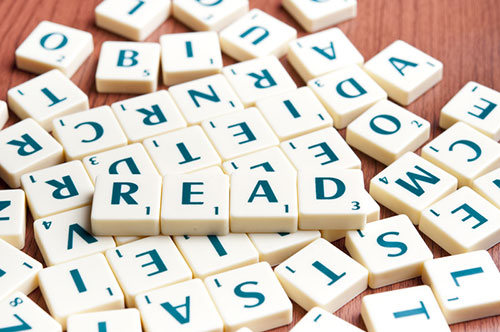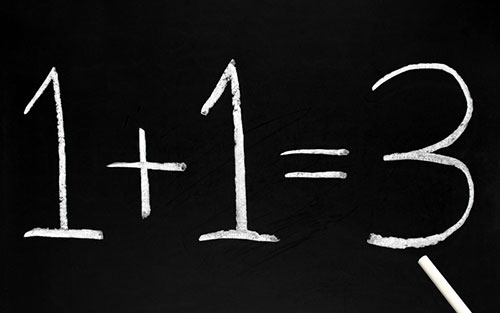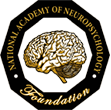What are Learning Disabilities?
Learning disabilities are diagnosed difficulties in specific thinking skills, which may make school difficult for youngsters. Students with learning disabilities generally have at least average intelligence, but they struggle in one or two subjects. The difficulties cannot be due to problems with hearing or seeing and they cannot be attributable to a deficit in a related skill that negatively affects assessment of the learning disability such as attention, impulsivity or memory. They are not the result of lack of instruction.
Subtypes
Reading Disorders
 Reading disorders are the most common type of learning disability. Students with reading disorders often have trouble with phonics (letter sounds), speech, and word reading. Students with reading disorders may have trouble processing and putting together the separate sounds in words. They may have problems with reading speed or comprehension.
Reading disorders are the most common type of learning disability. Students with reading disorders often have trouble with phonics (letter sounds), speech, and word reading. Students with reading disorders may have trouble processing and putting together the separate sounds in words. They may have problems with reading speed or comprehension.
Writing Disorders
 Students with writing disorders may have problems with handwriting, grammar, and/or written expression. Handwriting difficulties may be due to poor eye-hand coordination. Other students with writing disorders may have trouble putting their thoughts onto paper.
Students with writing disorders may have problems with handwriting, grammar, and/or written expression. Handwriting difficulties may be due to poor eye-hand coordination. Other students with writing disorders may have trouble putting their thoughts onto paper.
Math Disorders
 Math disorders affect math fact skills, math calculation skills, and/or math problem-solving. Students with math disorders may have trouble with visual spatial tasks.
Math disorders affect math fact skills, math calculation skills, and/or math problem-solving. Students with math disorders may have trouble with visual spatial tasks.
Signs and Symptoms
Here are some common signs of learning disabilities:
| Reading Disorder Symptoms | Writing Disorder Symptoms | Math Disorder Symptoms |
|
|
|
Risk Factors
Learning disabilities are often genetic and run in families. They may also develop from prenatal alcohol or drug exposure, lead poisoning, poor nutrition, seizures, head injuries, and treatments for childhood cancer. However, the cause is often not entirely clear.
Treatments
General Treatments
- Accommodations help students complete the same curriculum as their peers. Examples include extra time to complete tasks, shortened assignments, recorded books, use of a calculator, and seating near the teacher. Public schools are required to provide accommodations to students with learning disabilities.
- Modifications are changes to the curriculum. For example, a special education teacher might provide instruction at the student’s academic level. Public schools must modify the school work if accommodations are not enough to help the student. Generally, the earlier the intervention the better.
Specific Treatments
- Reading disorders can be treated with one-on-one instruction by a reading specialist. This instruction may focus on how to blend letter sounds together into words. Treatment may include instruction in phonics (decoding sounds), spelling, reading speed, or reading comprehension.
- Handwriting problems may be treated with by an occupational therapist (OT), who helps with coordination, finger strength, and writing letters.
- Written expression disorders may be treated by helping students organize their thoughts before writing.
- Math disorders may be treated through strategies that help the student solve problems step-by-step. In addition, students may learn math facts through stories or songs.
With proper early intervention, students with learning disabilities can be as successful in school as their peers.
Resources
- Learning Disabilities Association of America: https://ldaamerica.org/resources/
- National Center for Learning Disabilities: https://www.ncld.org/


